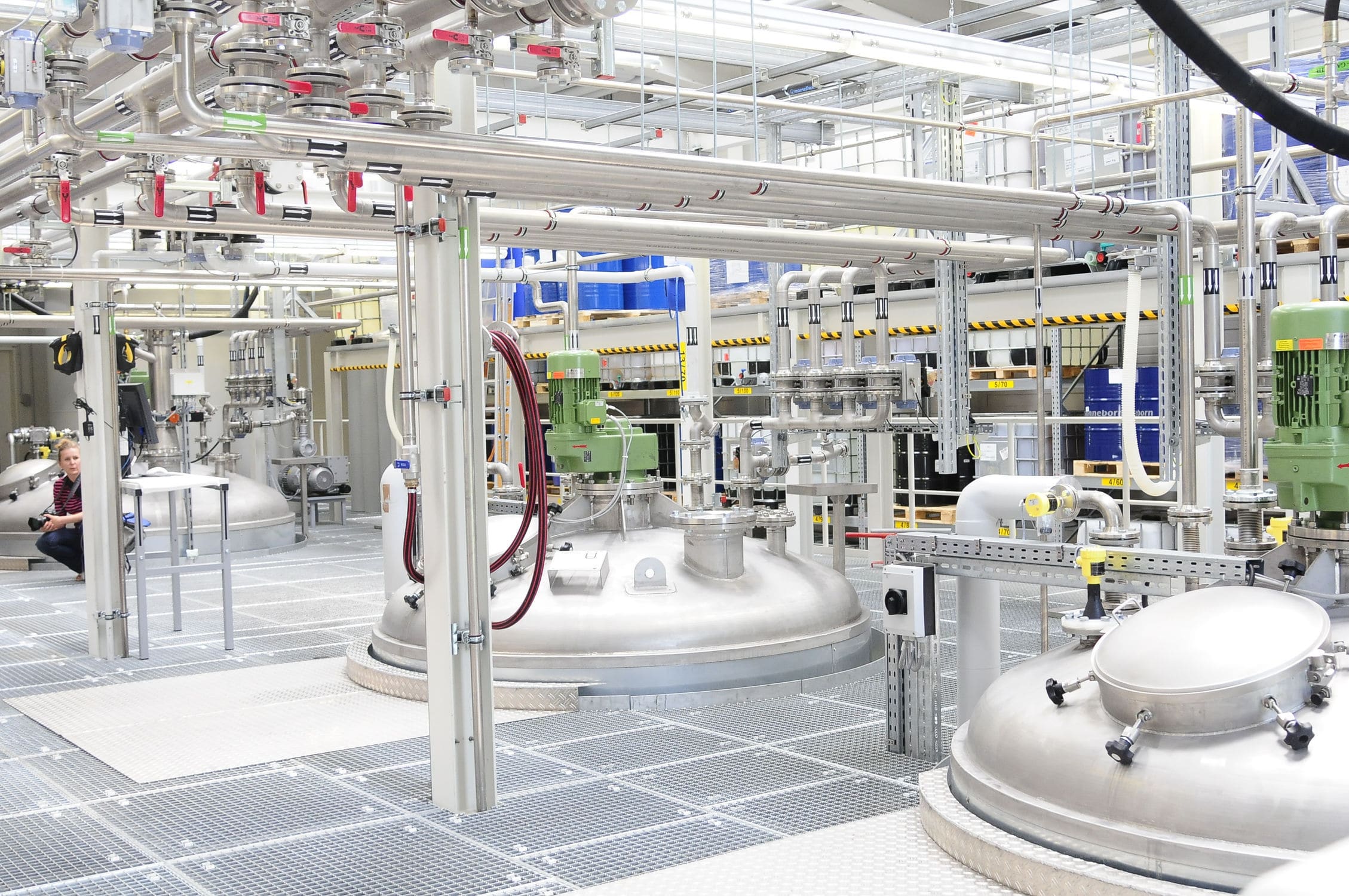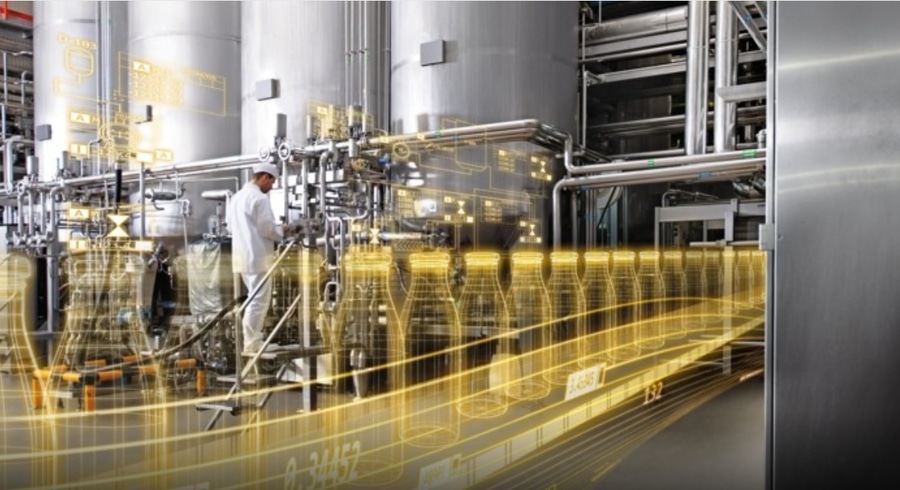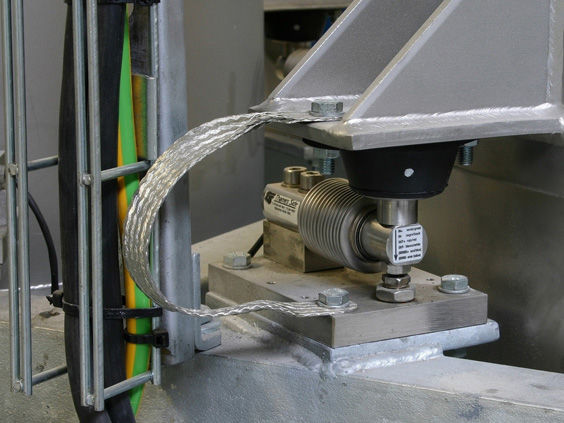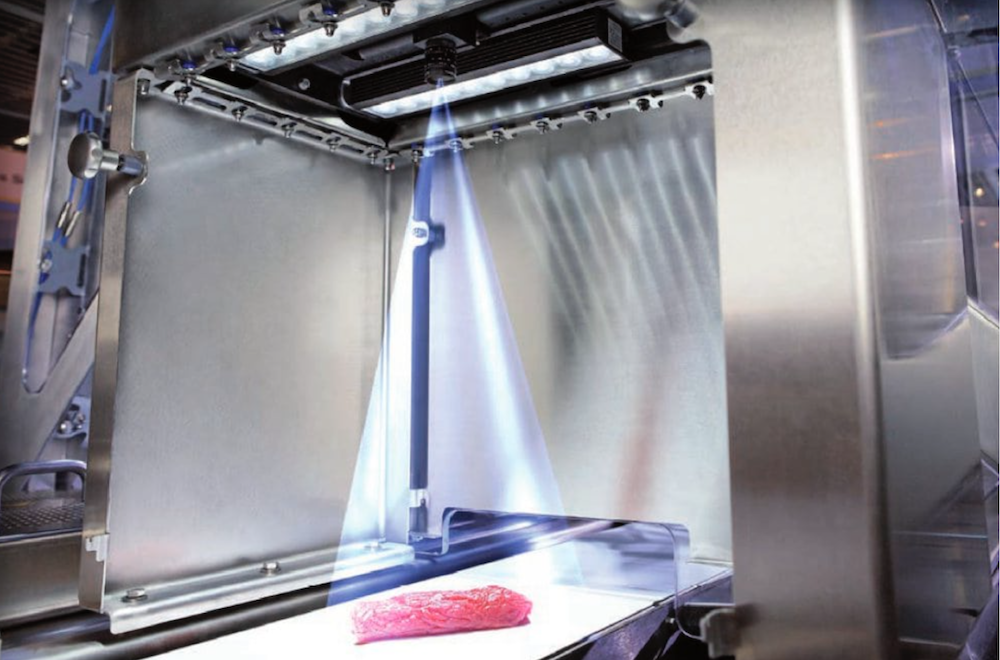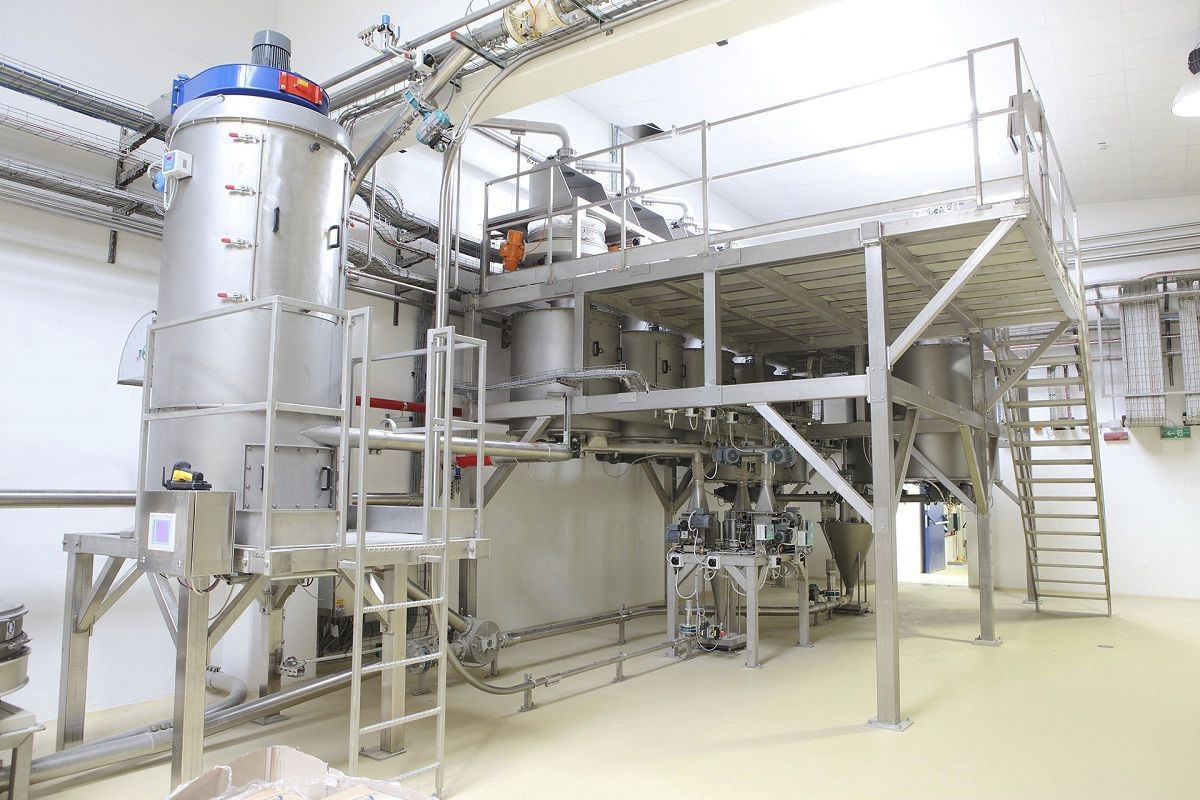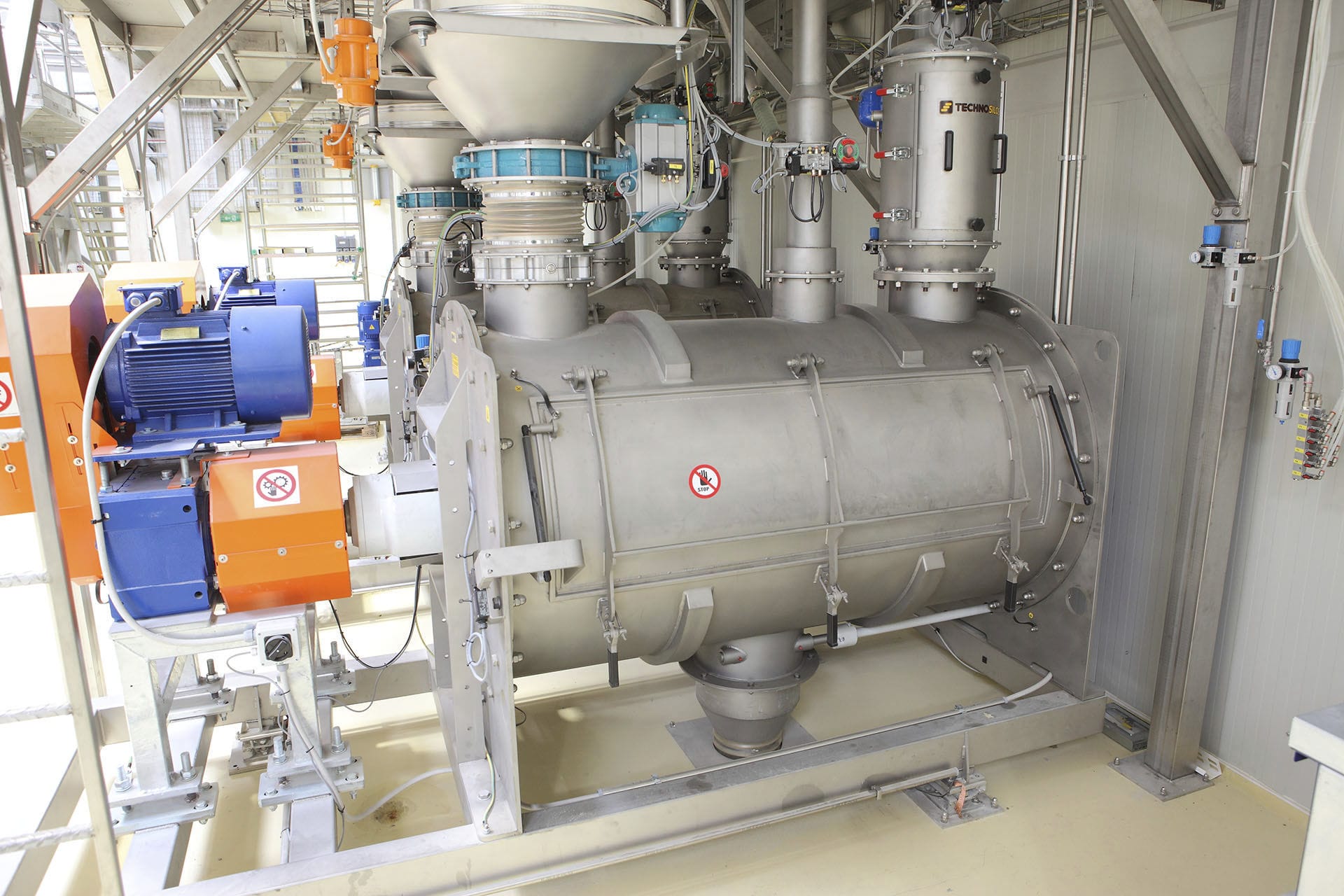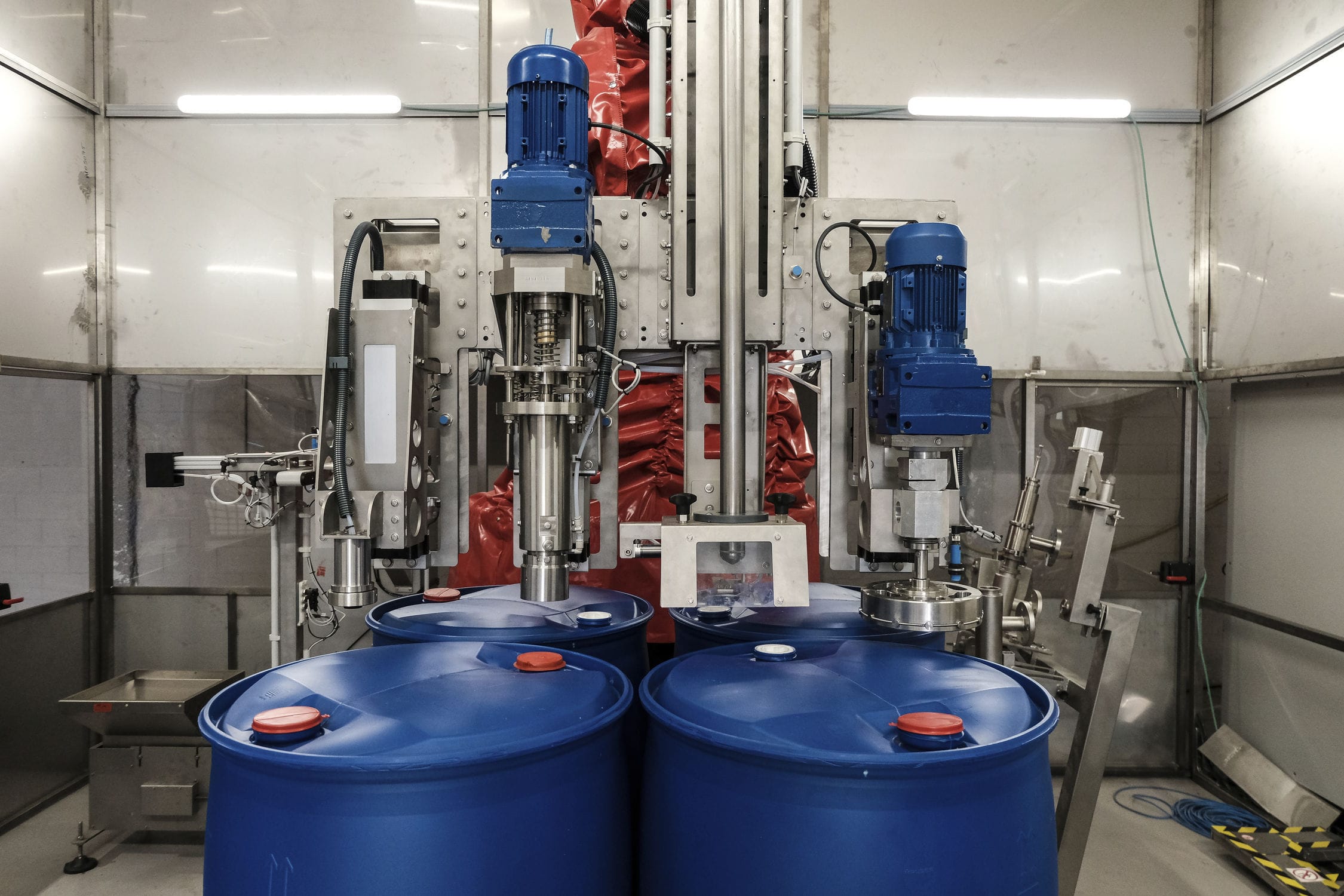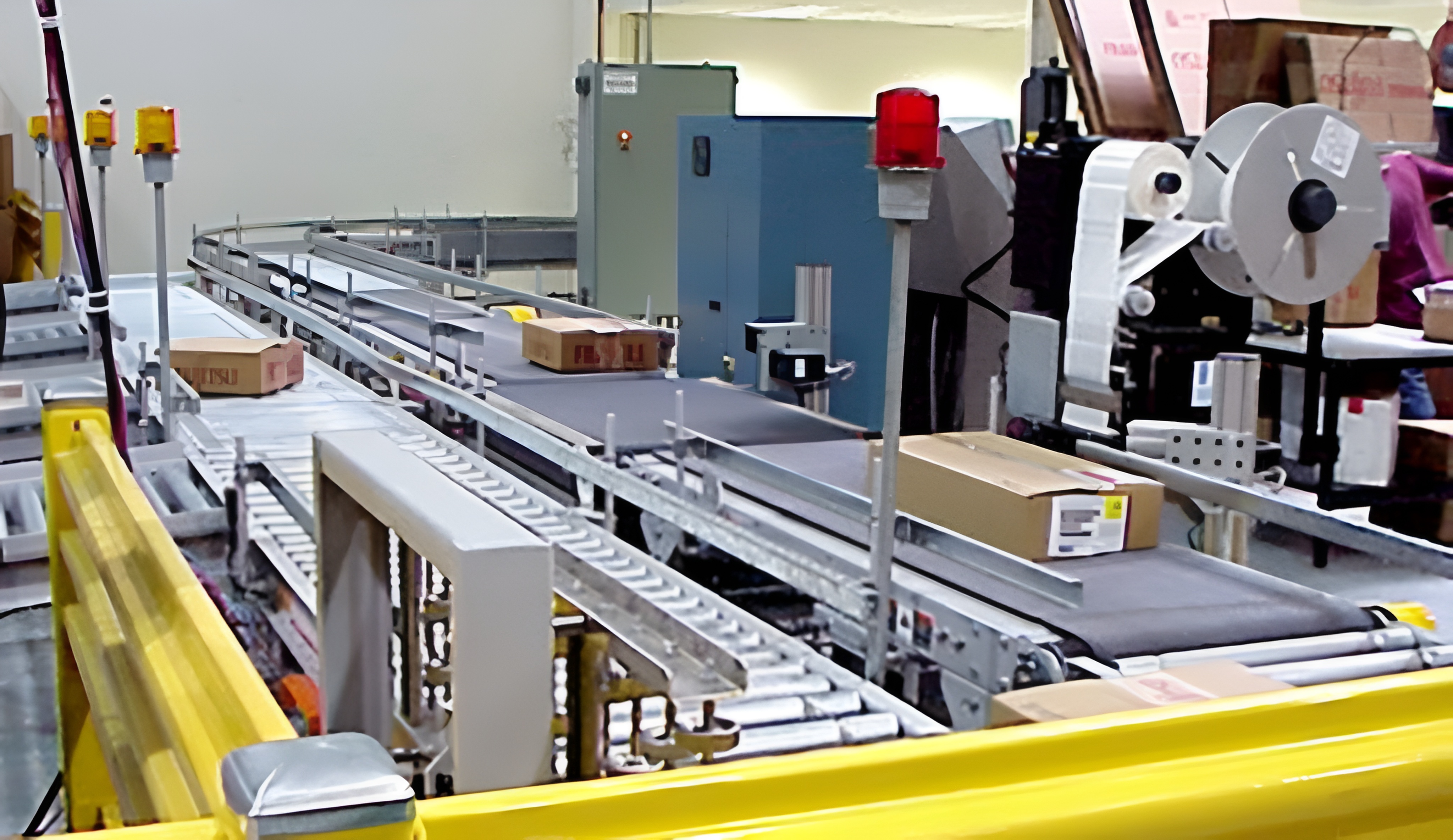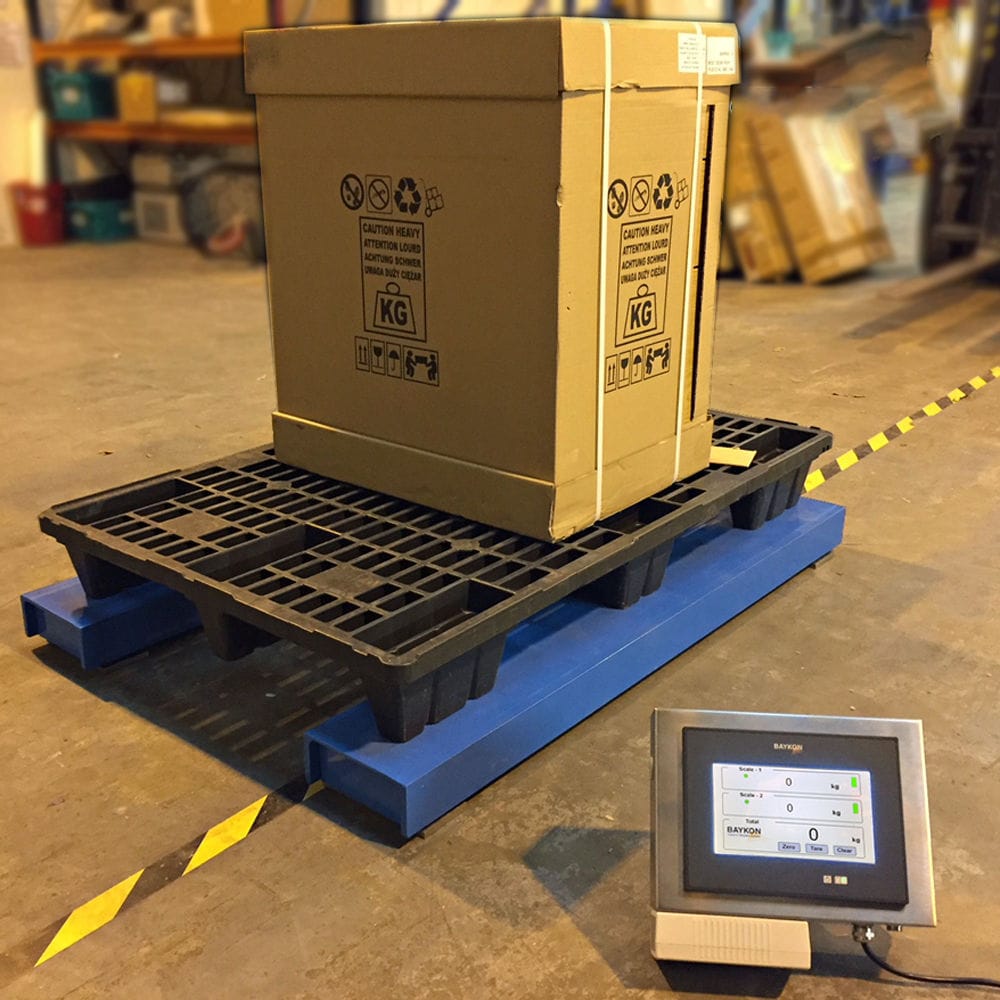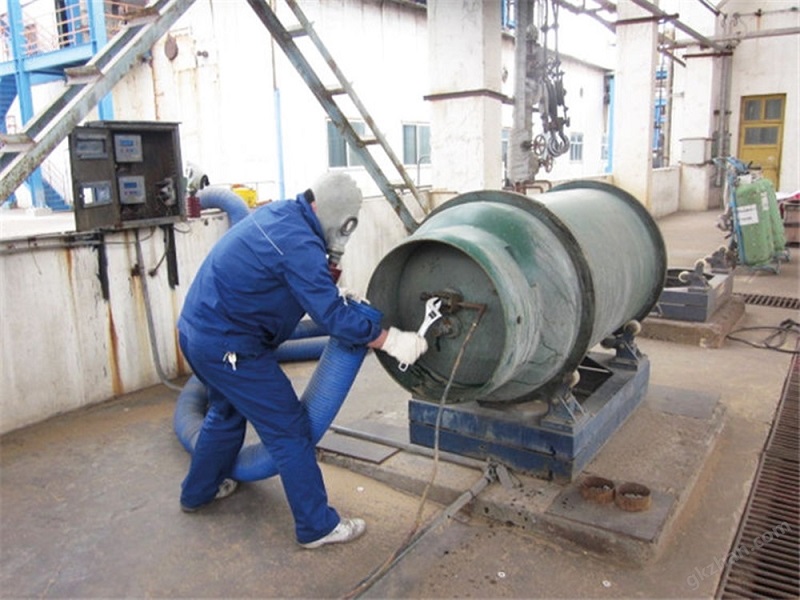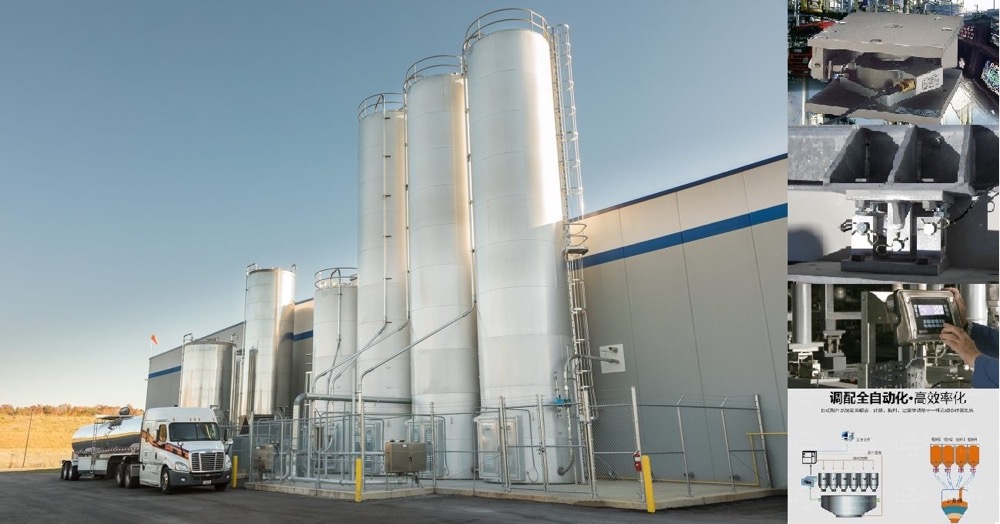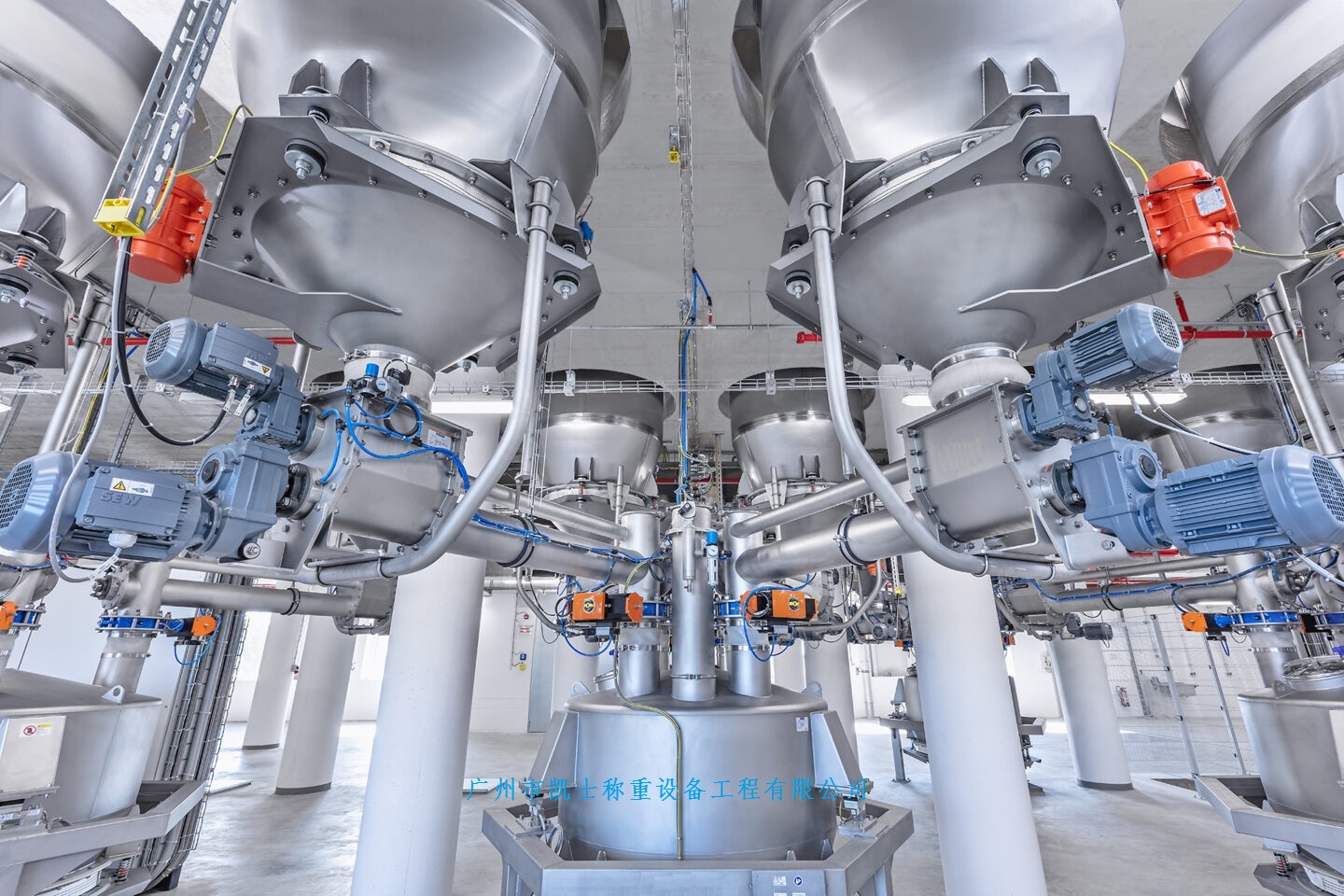

Explosion-proof cylinder weighing the use of RFID weighing technology for intelligent management, through the antenna to the electronic tag microwave query signal, the electronic tag is read-write microwave energy activation, receive microwave signals after the answer and send out the return signal with the label data information. Adopting radio technology to realize the identification of static or moving objects, to determine the identity of the object to be identified, extract the weight of the object to be identified and other information for the purpose.
 020-34563445
020-34563445Explosion-proof cylinder weighing the use of RFID weighing technology for intelligent management, through the antenna to the electronic tag microwave query signal, the electronic tag is read-write microwave energy activation, receive microwave signals after the answer and send out the return signal with the label data information. Adopting radio technology to realize the identification of static or moving objects, to determine the identity of the object to be identified, extract the weight of the object to be identified and other information for the purpose.
The weighbridge adopts automatic zero tracking, by the base of the four weighing elastomers constitute the main body of the sensor. In the elastomer along the axial adhesive resistance strain gauges perpendicular to each other, when the sensor is under pressure when the elastomer for a small amount of deformation, paste the strain gauges on the top of the subsequent deformation of a small amount of deformation of the strain gauges lead to the deformation of their resistance to change.
In order to measure the change of resistance, the load cell is connected to a bridge circuit. The bridge is balanced when the load cell is not subjected to external force; when the load cell is subjected to external force, the voltage at the CD end is not equal, and the voltage change is measured by the amplifier circuit and converted into the corresponding mass value for display.
Technical Parameters
Weighing accuracy: OIML
Weighing range: 1-3t
Combined length of weighing platform: 1-24m
Overload capacity: 125% FoS
Signal transmission: 0-20mA, RS232/422
Voltage: 220VAC±
Frequency: 50Hz±2%
Weighing Display Instrument: -10℃~+40℃
Sensor: -10℃~+55℃
Relative humidity: ≤90%RH




